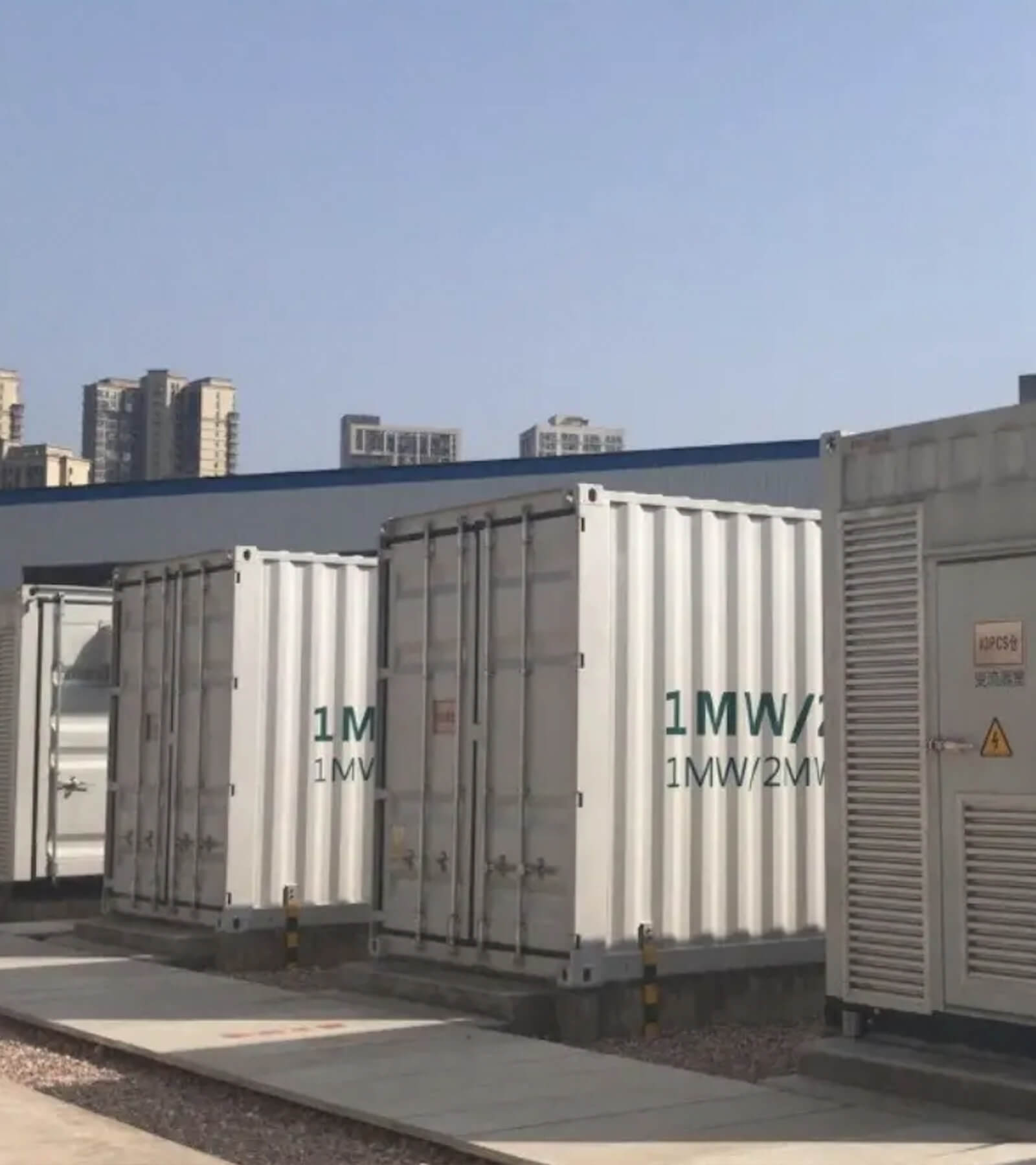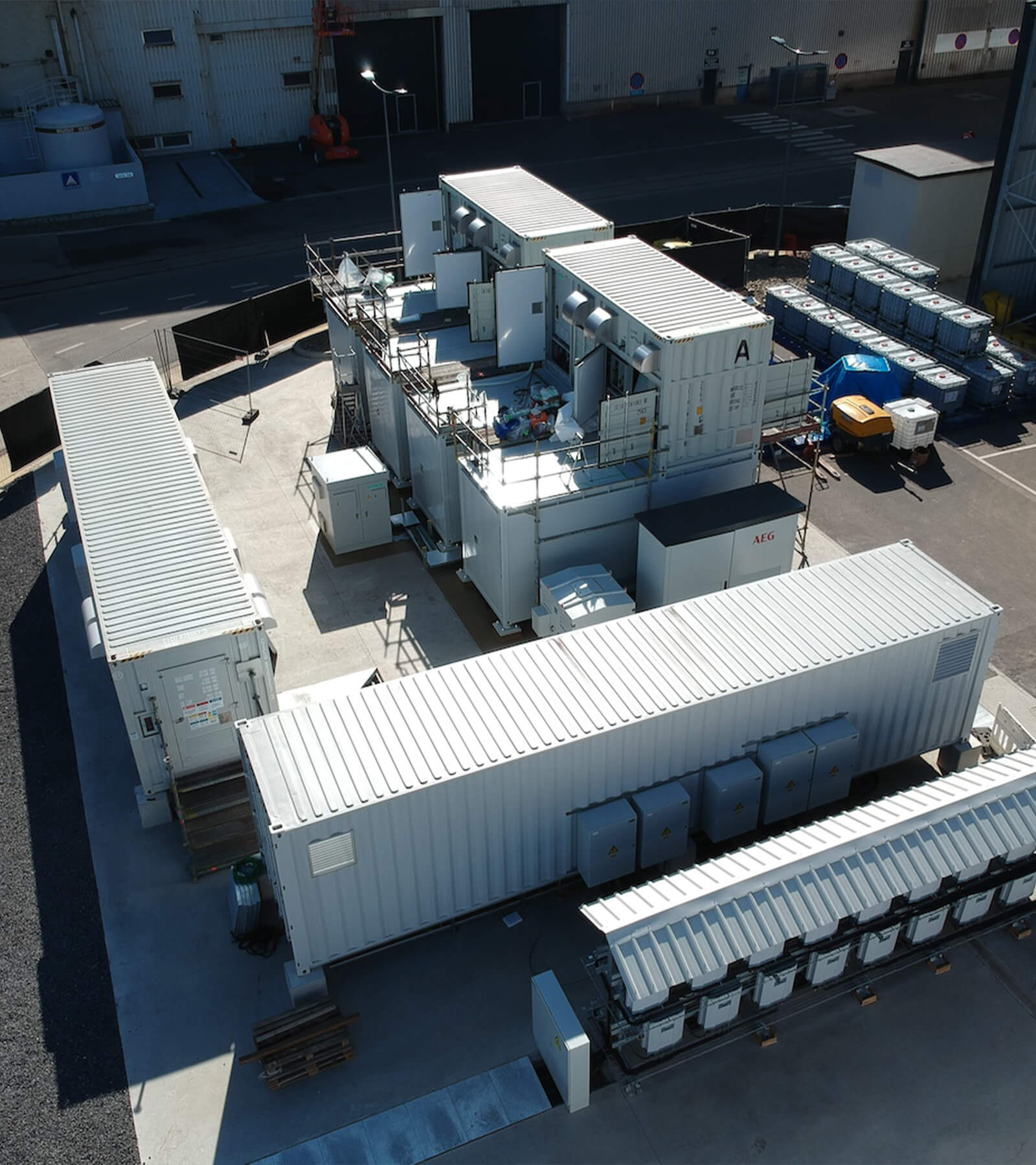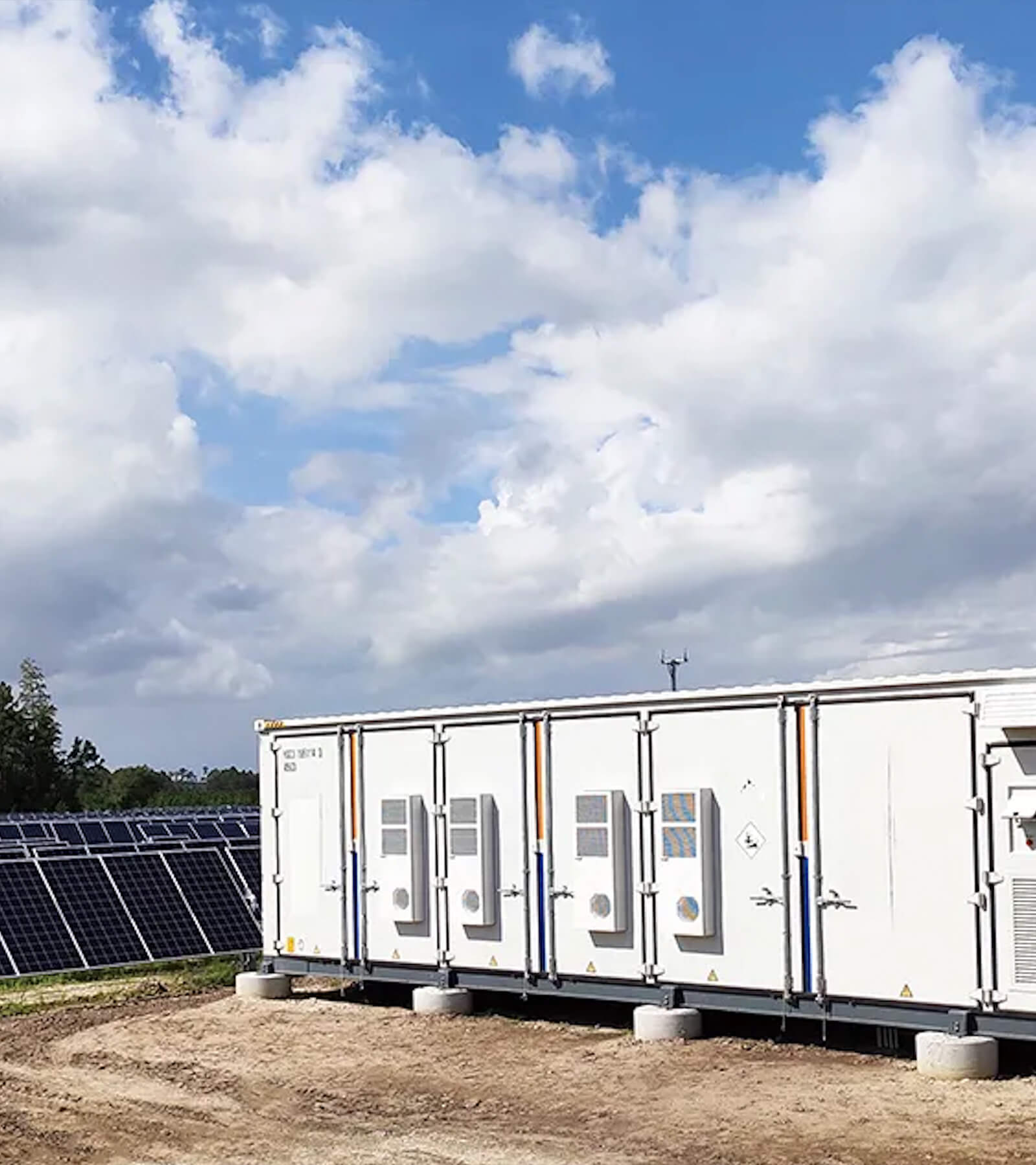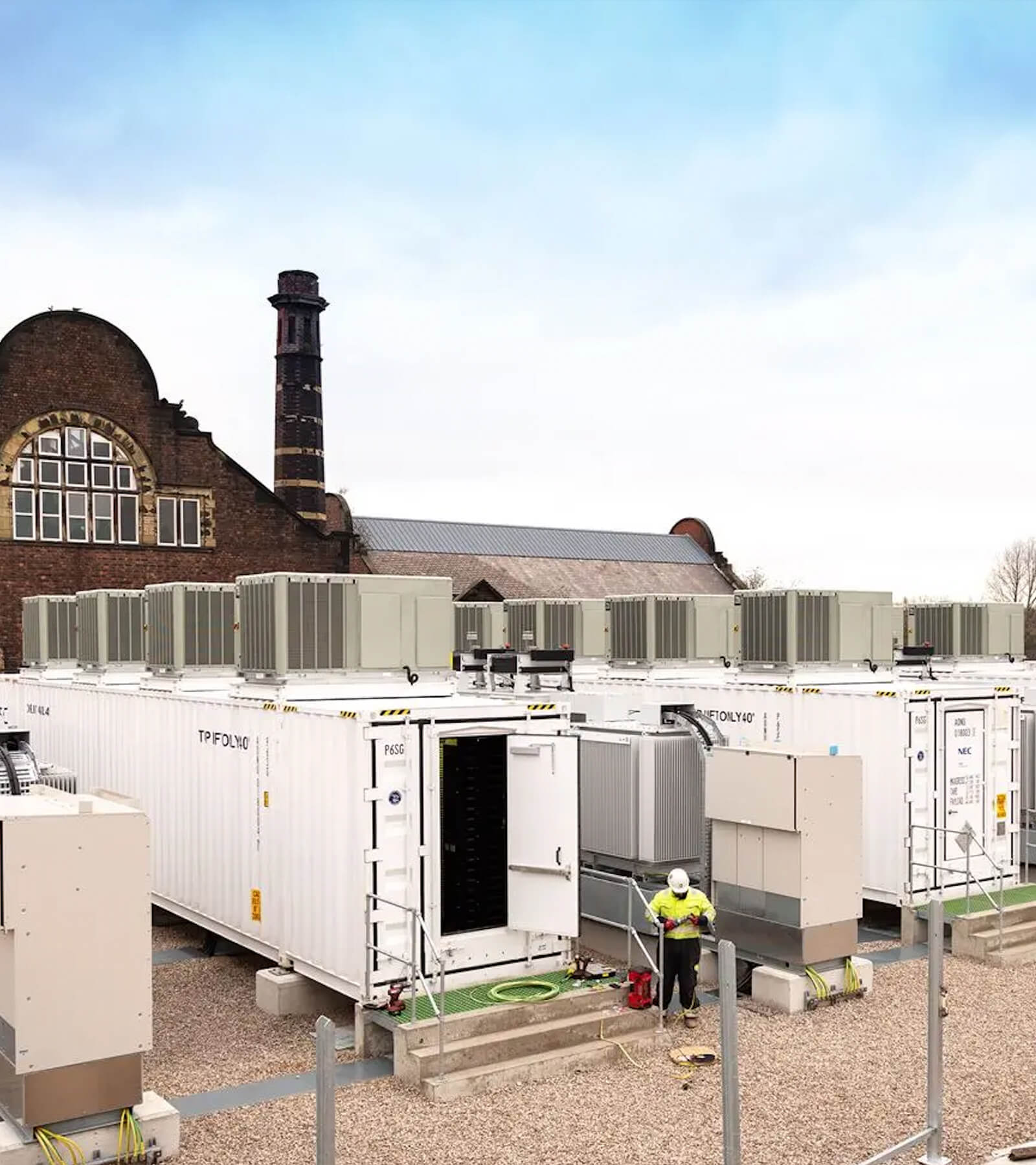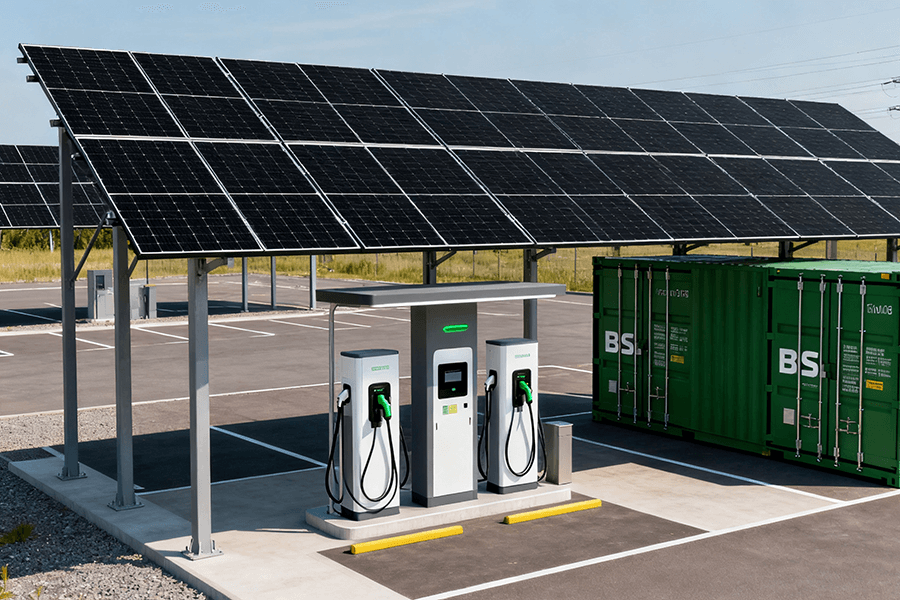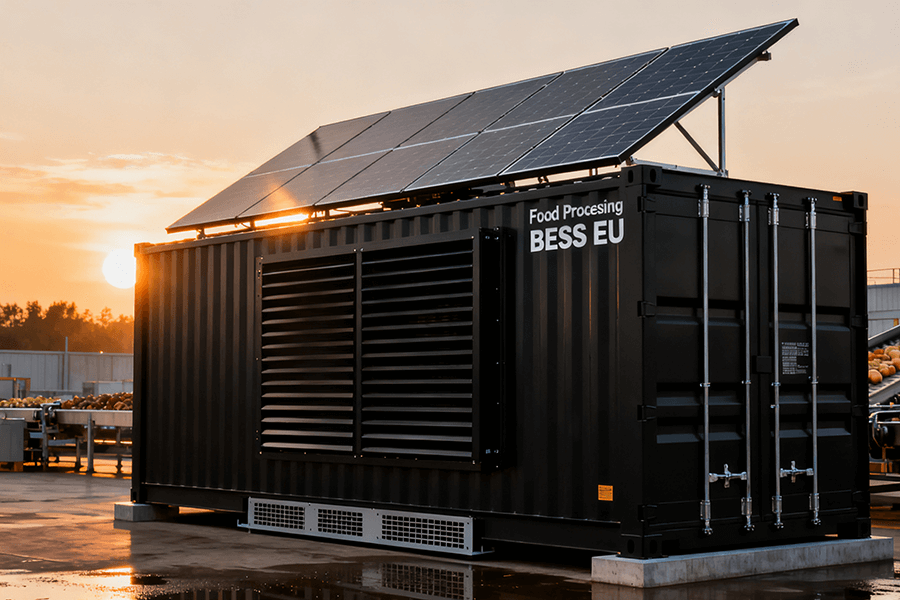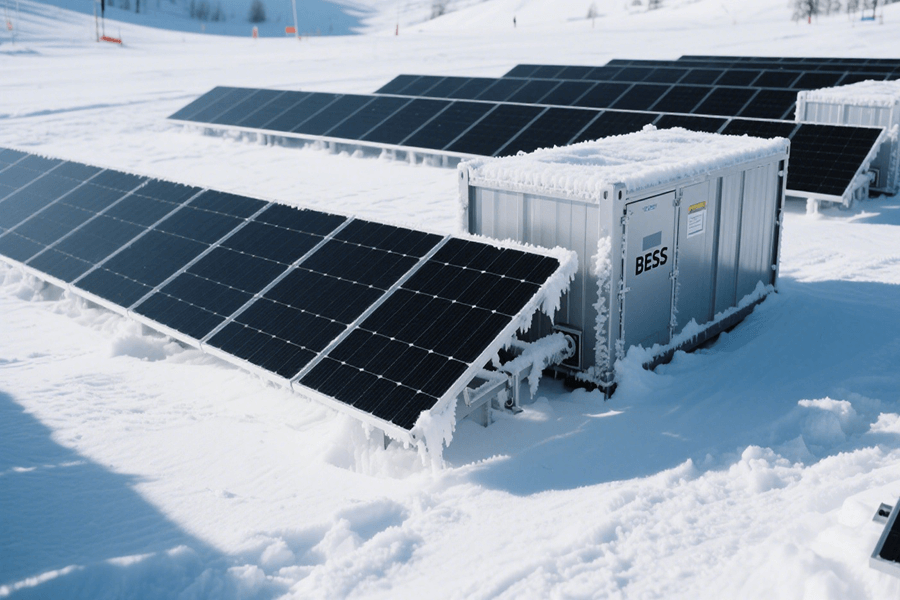
The Alpine Energy Paradox
EU ski resorts find themselves grappling with a classic “winter vs. energy” conundrum.
The Seasonal Energy Dilemma
During the winter months, solar power generation hits its nadir due to short days and overcast skies. Yet, these resorts transform into energy guzzlers, with demands soaring as:
- Ski lifts continuously ferry passengers up the slopes
- Snow cannons work overtime to maintain pristine ski conditions
- Lodge heating systems keep guests warm and comfortable
Regulatory Pressure
This challenge is compounded by the EU’s Alpine Convention, which sets an ambitious target:
By 2030, 50% of ski resort energy consumption must be sourced from renewable energy sources.
Details of this mandate can be found in the EU Alpine Convention Renewable Targets, highlighting the urgent need for sustainable solutions in mountainous regions.
Enter BESS Containers: The Alpine Energy Savior
Battery Energy Storage Systems (BESS Containers) offer a solution to bridge the winter power gap. Their operation is based on a simple yet ingenious principle:
- Summer Energy Harvest: Store the solar energy surplus generated during sun-drenched months
- Winter Energy Release: Serve as a reserve of clean energy when demand peaks
It’s like stashing away extra hot cocoa in the pantry—ready to be enjoyed during a snowstorm. This makes BESS Containers a smart, practical, and essential solution for ensuring a reliable and sustainable energy supply in EU ski resorts throughout the winter.
Cold-Weather Engineering: BESS That Laughs at -30°C
Alpine winters don’t just chill skiers—they pose a significant threat to unprotected batteries. Modern Battery Energy Storage System (BESS) containers, however, are engineered to not only endure but also excel in these freezing conditions, ensuring reliable power supply for ski resorts throughout the winter season.
Winter-Proofing Tech: Beyond a Fleece Jacket
Batteries, much like skiers navigating icy moguls, struggle in cold temperatures. To overcome this challenge, BESS containers incorporate two essential features:
- Battery Thermal Preheating: Envision a “battery electric blanket” that warms the battery cells to an optimal operating temperature range of 15–25°C before discharging. This proactive approach maintains an impressive 90%+ efficiency even at frigid -30°C conditions, as evidenced by the Cold-Climate BESS Tech Report. By ensuring the batteries are at the right temperature, the system maximizes performance and extends the lifespan of the battery cells.
- Insulated Enclosures: High-density foam insulation and weather-sealed panels form a protective barrier around the batteries. Compared to standard containers, these advanced enclosures reduce heat loss by up to 80%, keeping the internal temperature stable. Some innovative models take it a step further by integrating passive solar heating elements. These elements harness the available sunlight during the day to preheat the batteries, reducing the overall energy consumption required for preheating. For more detailed insights into the performance of insulated BESS, refer to the Insulated BESS Performance Study.
Solar + BESS: A Match That Cuts Diesel Use by 65%
BESS containers don’t operate in isolation; they are designed to work in tandem with 100–500 kW solar arrays. The synergy between solar power generation and battery energy storage is a game-changer for EU ski resorts, as demonstrated by data collected from 12 resorts during the 2024–2025 period:
| Season | Solar Array Output (kW) | BESS Activity | Diesel Backup Use (kW) | Key Outcome |
|---|---|---|---|---|
| Summer | 350–500 (peak noon) | Charging (surplus storage) | 0 | Stores 200–800 MWh for winter |
| Winter | 20–100 (limited daylight) | Discharging (peak demand) | 50–150 | 65% less diesel than non-BESS resorts |
This combination isn’t just environmentally friendly—it also offers significant cost savings. In alpine regions, diesel prices range from €1.80–€2.20 per liter. By reducing diesel consumption by 65%, ski resorts can save €50,000–€120,000 annually, as highlighted in the EU Ski Resort Energy Cost Analysis. The financial benefits, coupled with the reduced carbon footprint, make the Solar + BESS solution an attractive investment for ski resorts looking to enhance their sustainability and bottom line.
Seasonal Energy Arbitrage: Time-Traveling Solar Power
“Arbitrage” sounds fancy, but it’s simple: store cheap/surplus energy when you have it, use it when you need it. For ski resorts, this energy management strategy means capturing the abundant solar energy generated during the summer months and transforming it into a reliable power source for the winter season. This approach not only optimizes energy usage but also aligns with the growing demand for sustainable practices in the tourism industry.
Case Study: French Alps Resort (Val Thorens)
Val Thorens, one of Europe’s highest ski resorts, stands as a prime example of successful energy arbitrage implementation. In 2023, the resort installed a 300 kW solar array coupled with a 500 kWh Battery Energy Storage System (BESS) container. The results of this initiative have been remarkable, demonstrating the effectiveness of combining solar power generation with energy storage:
- Energy Storage: The system stored an impressive 620 MWh of summer solar energy, capturing the sun’s abundant power during the off-peak season.
- Winter Power Usage: In January 2024, the resort’s busiest month, 32% of the stored energy was utilized to power snowmaking operations. This ensured consistent snow cover for visitors while reducing reliance on traditional energy sources.
- Environmental Impact: Compared to 2022, before the implementation of the BESS container, Val Thorens achieved a 42% reduction in carbon emissions, as reported in the Val Thorens Sustainability Report. This significant decrease in emissions underscores the resort’s commitment to environmental stewardship.
EU Eco-Label: The “Green Stamp” Skiers Want
In today’s environmentally conscious travel landscape, skiers increasingly prioritize eco-friendly resorts. According to the Eurostat Tourism Survey 2025, 72% of EU travelers indicate that they would choose a resort with an EU Eco-Label. BESS containers play a crucial role in helping resorts meet the stringent criteria for this prestigious certification:
- Carbon Footprint Reduction: Resorts equipped with BESS containers achieve an average 40% reduction in their carbon footprint compared to those without such systems. This reduction is a significant step towards achieving sustainability goals and appealing to environmentally conscious guests.
- Renewable Energy Compliance: The EU Eco-Label requires that at least 25% of the energy used for snowmaking comes from renewable sources. BESS containers, when integrated with solar or other renewable energy systems, enable resorts to meet this requirement, as outlined in the EU Eco-Label Tourism Criteria.
Why BESS Containers Are a Long-Term Win
Ski resorts are in constant search of long-term, sustainable investments, and Battery Energy Storage System (BESS) containers emerge as a prime solution, backed by robust hardware and attractive EU funding opportunities.
Technical Specs: Built for 15+ Winter Seasons
The remarkable longevity of BESS containers can be attributed to the use of LFP Batteries (Lithium-Iron-Phosphate), a technology that sets a new standard in energy storage for demanding environments like ski resorts.
| Feature | LFP Batteries | Standard Lithium-Ion Batteries |
|---|---|---|
| Cycle Life | 6,000–8,000 cycles | 2,000–3,000 cycles |
| Operating Temperature | -30°C to 50°C | Limited cold-weather performance |
| Estimated Lifespan | 15+ winter seasons* | Shorter, depending on usage |
* Based on an average of 400–500 charge-discharge cycles per year, as supported by research from Battery University. This resilience ensures consistent power delivery even in the harshest winter conditions, eliminating performance drops typically associated with standard batteries.
EU Funding: €300M to Kickstart Your Project
The EU Alpine Region Renewable Fund (2024–2027) presents a significant opportunity for ski resorts aiming to transition to renewable energy. With €300 million earmarked for mountain energy projects, eligible resorts can access:
- Grants: Covering 30–50% of the combined costs for BESS installation and solar panel setup, significantly reducing the initial investment burden.
- Low-Interest Loans: With annual percentage rates (APR) ranging from 1.2% to 2.5% for projects valued under €2 million, making financing more affordable and sustainable.
For detailed eligibility criteria and application procedures, refer to the EU Alpine Fund Guidelines.
Maxbo Solar: Your BESS Partner for Alpine Winters
At Maxbo Solar (www.maxbo-solar.com), we don’t just sell BESS containers—we build solutions for your resort’s unique needs. Here’s what sets us apart:
- Alpine-Tuned Design: Our containers include dual-layer insulation and adaptive thermal preheating (tested at -35°C in the Austrian Alps).
- Custom Sizing: From 100 kWh (small family resorts) to 2 MWh (large resorts like St. Anton), we match storage to your demand.
- Funding Support: Our team helps you apply for EU Alpine Fund grants—we’ve helped 8 resorts secure €1.2M+ in funding since 2023.
Last winter, our BESS container at a Swiss resort (Zermatt) kept lifts running during a 3-day grid outage—no diesel needed. That’s the Maxbo difference: reliable, green, and built for the mountains.
Visit www.maxbo-solar.com to request a free energy audit, or email our alpine specialist at [email protected].

